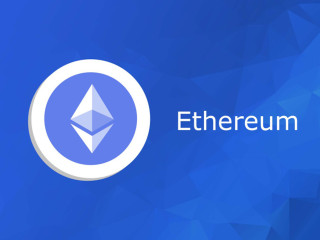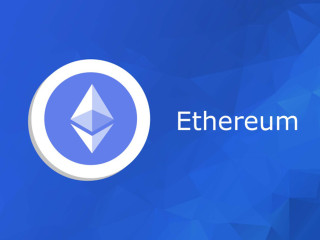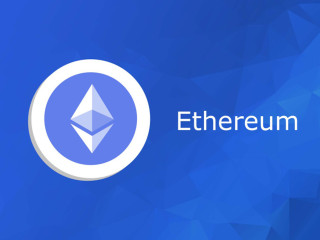
Vitalik Buterin says L2s using Celestia are validiums, not genuine rollups
01-17-2024The Ethereum co-founder has sparked a debate on whether validiums are in the same category as layer 2 rollups.
Ethereum co-founder Vitalik Buterin has sparked discussion on how various layer 2 scaling solutions are classified, claiming that the blockchain’s validiums are not genuine rollup solutions.
On Jan. 16, Buterin agreed with a comment posted to X (Twitter) by Daniel Wang, the founder of the Ethereum rollup solution Taiko, who said if an Ethereum rollup uses another data chain for data availability — such as the modular blockchain Celestia — then it’s an Ethereum validium.
“This is correct,” Buterin replied. “The core of being a rollup is the unconditional security guarantee: you can get your assets out even if everyone else colludes against you.”
“You can’t get that if data availability is dependent on an external system,” he added.
This is correct.
— vitalik.eth (@VitalikButerin) January 16, 2024
The core of being a rollup is the unconditional security guarantee: you can get your assets out even if everyone else colludes against you. Can't get that if DA is dependent on an external system.
But being a validium is a correct choice for many apps, and…
Validium is an Ethereum scaling solution using zero-knowledge proofs to enable off-chain transactions while relying on Ethereum’s mainnet for security and verification.
Unlike ZK-rollups, which batch transactions on a layer 2 network and verify them on a layer 1 like Ethereum, validium networks do not post transaction data to an L1. Instead, validiums post cryptographic proofs that transactions are valid, a setup that aims to achieve higher scalability as full transaction data doesn’t need to be stored on-chain.
However, validiums rely on operators to honestly post proofs and can have reduced data availability compared to rollups.
Networks such as Celestia use a modular blockchain made up of data availability layers and validation layers — the latter using validiums to enable fast and private transactions.
In a Jan. 16 post on the decentralized social media Warpcast, Buterin shared a diagram proposing an adjustment to some of the terminologies such as “security-favoring” and “scale-favoring” to “strong” vs “light” with the aim of being “more succinct.”
Not all were in agreement with Buterin’s proposals, including Ethereum community member Ryan Berckmans who asserted that validiums are layer 2 networks.
“A layer-2 is a chain that settles on Ethereum,” he said. “I'll die on this hill, and I’ll debate anyone who insists the DA [data availability] has to be on Ethereum for it to be an L2.”
“This is a new industry, we can define ‘L2’ to mean whatever we want,” he continued. “The maximally useful definition of L2 includes both rollups and validiums.”
Yes, but validiums are L2s.
— Ryan Berckmans ryanb.eth (@ryanberckmans) January 16, 2024
This is a new industry, we can define "L2" to mean whatever we want.
The maximally useful definition of L2 includes both rollups and validiums.
That's why L2Beat lists validiums today.
L2 = rollup or validium https://t.co/WwtkAV2sAE
Contrary to Berckmans’ claims, layer 2 industry analytics platform L2Beat argues that validuims are not L2s.
“Validiums and Optimiums are not L2s: by not publishing data on L1 they introduce additional trust assumptions on top of it.”
Source: Cointelegraph.
More from this category

Ethereum price weakens against Bitcoin — Here’s why
04-12-2024Ethereum price stagnates in its ETH and BTC pair as investors’ expectations for a spot ETH ETF dwindle.Ether ETH $3,553 had been rallying since the beginning of the new year but began tapering off in...

Restaking could introduce ‘hidden risks’ to Ethereum — Coinbase
04-03-2024Ethereum restaking will form a “core part” of the network in the future — but there are still risks that come along with the new yield-bearing mechanism, say Coinbase analysts. Ethereum restaking cou...

Ethereum client diversity improves, non-Geth clients now account for 34%
03-26-2024While the reduced reliance on Geth is good news, “we can’t declare victory yet,” says Lachlan Feeney, founder and CEO of Ethereum infrastructure firm Labrys. The market share of Geth — a major Ethere...